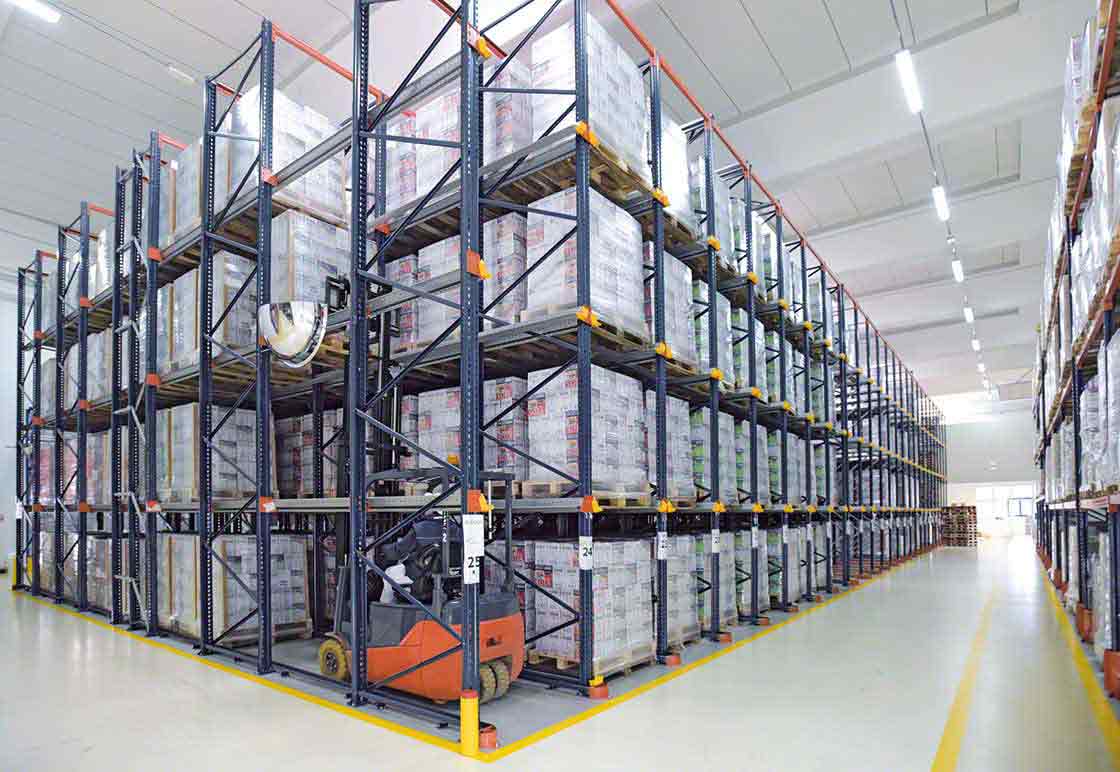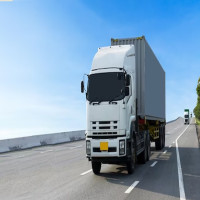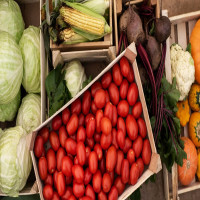Every year, India produces more than 400 million MT of perishable food. We are also the world’s largest producers and consumers of dairy products and rank #2 in the production of fruits and vegetables. But up to 40% of the food we produce is spoiled in our supply chain. Moreover, the Associated Chamber of Commerce suggests that our post-harvest losses amount to a whopping $14bn! This has a direct impact on the income of our farmers, a majority of whom are already struggling to make ends meet.
Apart from perishable food, the pharma industry is another crucial sector who’s smooth functioning is dependent on an efficient cold supply chain network. From storage and transport to last mile of vaccines, life-saving drugs, and other pharma raw materials that are critical to the sector, need a robust and well managed cold supply chain network.
In other words, for us to survive and grow as an economy, it is vital to build an unbroken cold supply chain network. And urgently!
What is an unbroken cold supply chain?
An unbroken cold chain is a series of storage and transportation processes for the safe transport of temperature sensitive goods such as food produce and pharmaceutical products. In an unbroken cold chain, the desired temperature for the transported product is maintained right from procurement to the distribution process.
What are the challenges?
- In-efficient cold storage facilities: India currently has more than 8000 cold storage units. These facilities have a combined capacity of about 30 million MT. However, they can only fulfil about 20% of our national requirement.
- Lack of seamless infrastructure: Approximately one sixth of our perishables get wasted as a direct consequence of poor infrastructure and industry wide lack of collaboration. What the lack of collaboration also means is that our cold storage units have an average capacity utilisation of only 60%
- Unorganised industry: 92% of our cold chain facilities are owned and operated by the private sector. The industry is extremely fragmented and virtually non-existent in many states, especially Southern India. 4 states account for 60% of the country’s cold storages - UP, Gujarat, West Bengal and Punjab.
- Temperature fluctuations: Temperature fluctuations in the food change occur primarily due to either of 2 reasons - lack of trained staff and frequent power cuts. Unfortunately, both of those issues plague India’s cold supply chain. In transit refrigerated vehicles do not have the necessary IOT devices or support network which can monitor and assist in case of breakdowns or keep a check on non-compliance and negligence which leads to further wastage of these perishable products.
- High Cost of energy: Indian cold storage businesses pay about Rs 80-90 per cubic foot every year as operating costs. It costs half that in the West. Energy expenses constitute approximately 30% of total expenses for our cold storage industry, as compared to a mere 10% for the West. This factor is a major barrier to entry.
- Lack of tech adoption: This is perhaps the biggest challenge facing India’s cold chain industry. While the West has integrated technologies such as AI, ML, and IoT among others in their operations, India lags way behind in this aspect. Lack of tech translates to unoptimized and broken cold chains, which in turn create losses for both operators and food manufacturers.
If the above can be addressed, through both tech adoption and a wide range od strategic collaborations, a robust, unbroken cold supply chain can indeed be a reality! And with that, offer numerous benefits, major ones including:
- Minimises damage and reduces wastage, thereby giving both manufacturers and consumers, a better cost advantage.
- Tech adoption helps build efficiency and reducing the element of human error and under-trained staff that cause temperature fluctuations, while also offering other benefits like live tracking, consolidation of cargo, and effective, end to end integration
How can technology accelerate the development of unbroken cold chains?
- Temperature, pressure and humidity readings can all be recorded and tracked in real time by connecting smart sensors to GPS trackers. These sensors can be synced with analytical dashboards, which could send alerts of any risk, optimise routes to minimise delivery time and perform a variety of other functions.
- AI and ML-based smart sensors can also keep track of vehicle maintenance records to predict potential malfunctions on the evidence of historical data. This helps foresee temperature fluctuations and prevent incidents of truck breakdown.
- Technology offers 360° visibility into cold chain fleets, including KPIs such as capacity utilisation, driving speed, and idling times. This information transparency ensures optimum allocation of consignments, maximises capacity utilisation, and enhances cargo security.
- IoT can potentially transform cold chains forever. By integrating IoT solutions into cold supply chains, logistics companies can consistently stay on top of every step in the storage and transportation processes, catalysing significant cost-optimising benefits. Fleet managers could analyse and even toggle temperature settings on the go, accommodate for local climate changes, and unforeseen delays. Most importantly, IoT solutions minimise human error and enable managers to take action on potential issues before they turn into major catastrophes.
Wrapping Up
India needs huge investments in developing tech-enabled facilities that cover the entire value chain from procurement to transportation. The GOI has allowed 100% FDI in logistics which is a welcome step to secure such investments. Going forward, tech integration coupled with favourable government policies would pave the way for a robust and optimised unbroken cold supply chain.







